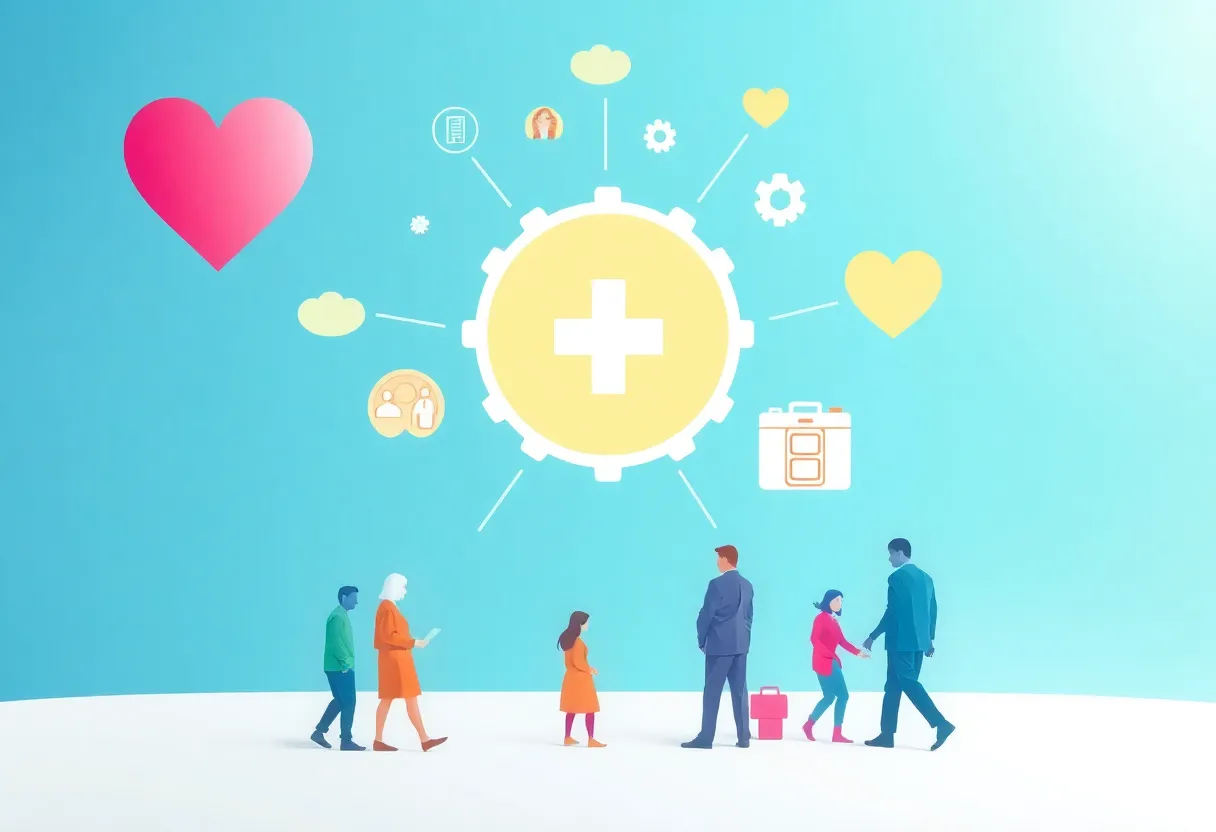News Summary
U.S. credit card debt has soared to a staggering $1.21 trillion by the end of Q4 2024, raising concerns for households managing an average debt of $10,563. As living costs rise and income struggles to keep pace, it’s essential for consumers to explore effective strategies for managing and reducing debt. This article discusses the dangers of high debt, interest rates, and offers practical solutions including debt consolidation, automated payments, and lifestyle adjustments to regain financial stability.
U.S. Credit Card Debt Hits Record High, and It’s Time to Talk Solutions!
In an alarming report, U.S. credit card debt has surged to an all-time high of $1.21 trillion at the end of Q4 2024. This not-so-great milestone has many folks worried, especially since the average credit card debt among households grappling with revolving debt now sits at around $10,563. This trend is causing a lot of credit card users to re-evaluate how they manage their finances. With the rising cost of living and not much wiggle room in income, it’s crucial to discuss what this all means and how best to tackle it.
The Dangers of High Debt
To help consumers manage their card balances, credit card issuers often suggest a monthly minimum payment of about 2% of the overall balance. However, sticking strictly to that could lead to a never-ending cycle of debt. The Minimum Payment Warning found on card statements provides an eye-opening glimpse into just how long it will take to clear the balance if only minimal payments are made. Knowing the facts can be empowering!
A Little Help from Interest Rates
One major hurdle is the high interest rates. These rates have been pushed up due to the recent Federal Reserve rate increases, making it even harder to chip away at those debts. It’s worth considering how today’s economic landscape affects everyday consumers, particularly with living costs soaring by 23% since 2019 while median household income has nudged up only 21%. That leaves many of us in a tight spot.
Strategies for Tackling Debt
If you’re feeling the pinch, don’t worry; there are tried-and-true methods to tackle your balances. The two most popular strategies are the debt snowball and debt avalanche methods. The snowball method has you focus on paying off smaller debts first, giving little victories along the way. On the flip side, the avalanche method tackles debts with the highest interest rates first, saving you money in the long run.
Automating Payments
If remembering to pay bills sends you into a tailspin, automating payments can be a lifesaver! This can help you dodge those pesky late fees. Financial institutions often offer hardship programs or negotiation opportunities for long-term customers who find themselves in a financial bind, so always consider reaching out for options!
Consider Debt Consolidation
One way to simplify your life is through debt consolidation. This involves merging multiple debts into one account, which could help lower your interest rate and make your payments easier to manage. Also, keep an eye out for 0% balance transfer cards or fixed-rate debt consolidation loans; both can help if you’re diligent about making payments during the promotional periods.
Facing Serious Financial Trouble
If things are really pressing, familiarizing yourself with bankruptcy options like Chapter 7 and Chapter 13 can take a load off. These routes can erase unsecured debts or restructure them into manageable payments, respectively, but tread carefully as they can leave lasting marks on your credit report.
Making Lifestyle Adjustments
Cutting everyday costs is another smart move. Start small by negotiating with service providers, prioritizing free activities, and sticking to a budget. All of this can free up valuable funds for debt repayment. And here’s a bright spot: consolidating credit card debt with a personal loan might lead to an average credit score increase of 18 points!
Caution on Credit Scores
Be aware, though, that while consolidating debt can improve your credit health, some people might see a temporary drop in their credit score. It’s because of hard inquiries or changes in the length of their credit history. Keeping an eye on your credit utilization, which makes up 30% of your FICO score, is vital. Lower balances mean a better score!
Overall, Stay Proactive!
The path forward requires some ongoing adjustments in spending habits. Experts caution that those average credit card balances often creep back up to pre-consolidation levels within 18 months if consumers aren’t diligent. For those looking to score the best loan rates, targeting a credit score of 760 or above is key—anything over 670 is generally considered “good.”
Lastly, don’t forget about those free services like Experian Boost that can elevate your score just by counting timely bill payments that might not be in your credit history. With all these insights, it’s time to grab the bull by the horns and take command of your finances!
Deeper Dive: News & Info About This Topic
- NerdWallet: Credit Card Debt
- Payments Dive: Managing Credit Card Debt Amid Inflation
- Bankrate: Do Credit Card Consolidation Loans Help Credit?
- CNBC: What Credit Score Should You Have?
- The New York Times: Credit Card Debt and Loans
- Wikipedia: Credit Card Debt
- Google Search: Credit Card Debt Solutions
- Google Scholar: Credit Card Debt Impact
- Encyclopedia Britannica: Credit Card Debt
- Google News: U.S. Credit Card Debt 2024








